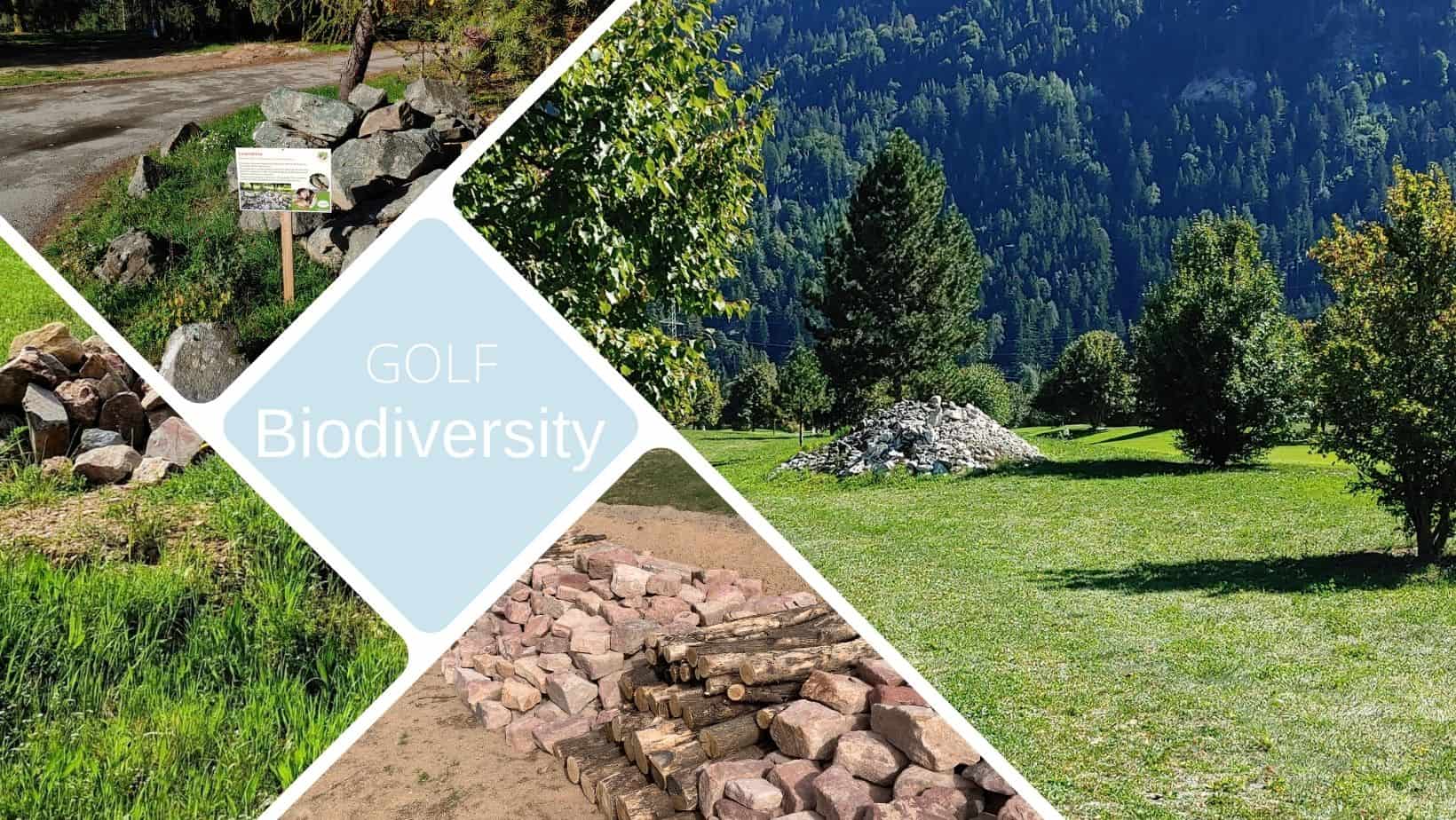How to build a reading stone pile
Reading stone piles promote biodiversity. On golf courses, therefore, they are perfectly suited as a form of biotope. After all, they offer fence lizards, spiders, beetles, wild bees, slow worms, weasels and many other heat-loving animal species places of refuge and habitat. Lichens and mosses are also common on stones. Dry warm sites love plants like spring cinquefoil, blood cranesbill and wall pepper species. Reading stone piles are an ideal “living room” for heat-loving animal and plant species.
Part of the cultural landscape
In the past, many read stone piles were found in the landscape. Our glacial soils conceal vast quantities of stones. These are brought to light by soil erosion. Stones lying in the fields used to be picked up by farmers and moved aside. Many of these cairns have been created in cultivated landscapes through the management of cropland, meadows, and pastures.On golf courses, read cairns can serve as valuable biotopes outside of playing areas. They provide optimal living conditions for various small and micro creatures such as insects and reptiles.
Choose the right location
A reading stone pile is easy to create, can be designed in a variety of ways, and looks aesthetically pleasing. The location of a reading stone pile should be chosen sunny and protected from the wind. For the creation of the dry biotope is suitable landscape typical rock from the region. Optimally, the reading stone pile should be placed in a small depression. The size of the area should be at least three, but ideally five or more square meters. Crushed stone, sand, marl, gravel or loose earth serve as subsoil. Stones, which have a diameter of 20-40 centimeters, are distributed and layered on the surface.
This creates cavities that provide shelter for various creatures, especially in winter. Now smaller stones can be used to further create the cairn. The gaps are filled with soil and sand. The larger and heavier stones are placed at the bottom. Stone upon stone is now piled up until the pile of stones has reached a maximum height of 1.5 meters. The excavated soil from the swale can be used to backfill it on the north side of the read stone pile. This soil can be planted with suitable shrubs as wind and enemy protection. Ideally, leave the free edge of the pile “frayed” to achieve a wide transition between vegetation and stones.
The uncomplicated variant
Suitable stones are poured or layered on the grown soil if excavation is not possible or too costly. The shape but also the size of the pile(s) can vary greatly. Also, the edges of the dry biotope should fray. An alternative is to leave a well-defined herbaceous border at least 50 cm wide around the pile. In some of the resulting gaps can be filled sand, gravel or soil. This promotes a lean vegetation. Additional branches laid down can provide shelter for reptiles and improve the microclimate. However, they should not completely cover the pile.
Winter construction
Reading stone piles can be created all year round, but ideally from November to March, as this is the time when many animal species hibernate. Reading stone piles require little maintenance. Nevertheless, care should be taken not to create extensive herbaceous or old-growth habitat. It is best left fallow, removing only emergent shrubbery as needed. A bushy growth on the side away from the sun is advantageous. Any woody plants or trees growing up in the area must be cut back or removed as soon as they shade the rock pile.
An arrangement of multiple cairns in groups or ramparts, varying in size, spaced between 20 to 30 meters apart creates valuable stepping stone biotopes from individual island biotopes that connect larger habitats and allow species connectivity.







